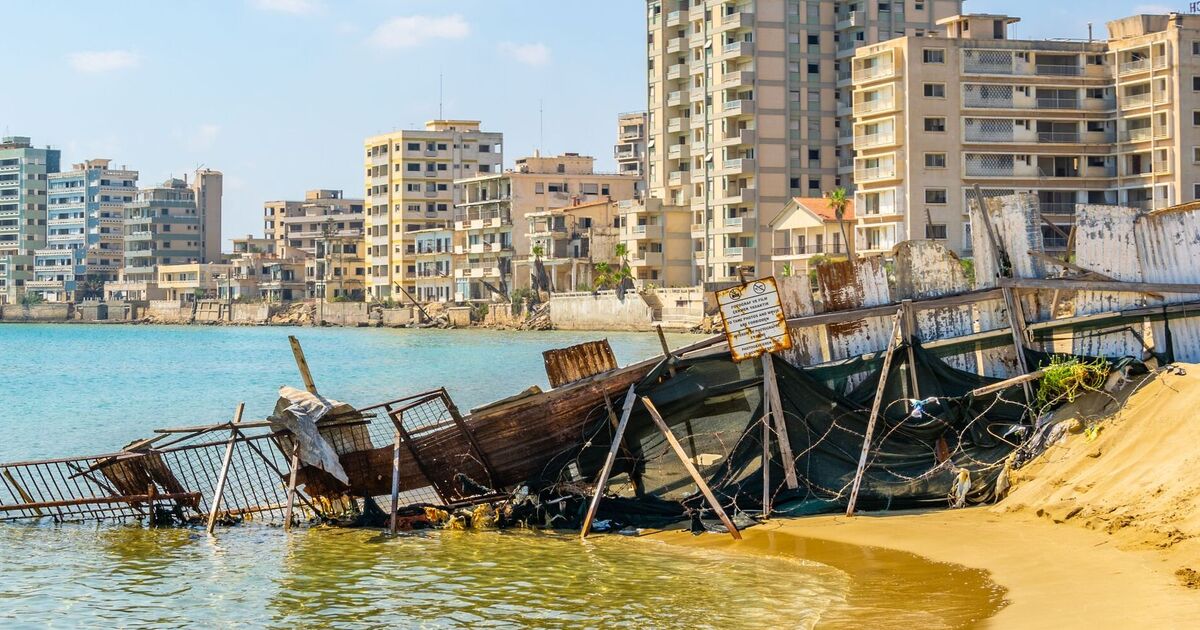Varosha in Cyprus was once Europe’s most desired destination, often frequented by the likes of Elizabeth Taylor and Brigitte Bardot.
But today, the holiday hotspot is a far cry from its once sophisticated hotspot, resembling a ghost town.
Located in the southern quarter of Famagusta, on the eastern coast of Cyprus, Varosha was a popular seaside resort thanks to its pristine beaches and high-rise hotels.
But after the Turkish army invaded the northern part of the island back in 1974, a wave of dark destruction became synonymous throughout.
In an attempted coup by the Greek junta, the Turkish army retaliated by sending soldiers into the area causing Varosha’s 40,000 citizens to flee.
The Turkish invasion was then preceded by years of rising tension between Turkish- and Greek-Cypriot communities.
Over time, Varosha remained part of the self-proclaimed Turkish Republic of Northern Cyprus until a United Nations resolution in 1984.
According to the BBC, this turn of events placed Varosha under the control of the United Nations and forbade anyone other than those who were forced out in the 1970s from resettling there.
Today, residents are still banned from visiting the abandoned resort with a blockaded fence that extends to the sea still standing.
As such, the area has remained frozen in time over the years with the military condorning off all parts, making Verosha a far cry from its one bustling location with previously lavish-looking skyrises being left to rot.
Locals are still too afraid to return with the region now being home of dark tourism
Adding to its ghost town aura, many parts of Verosha became reclaimed by nature with weeds and plants winding their ways into pavements and walls.
According to figures released on June 3, Varosha has attracted more than 1.8 million tourists over the past four years however the caliber of tourists are a far cry from the elite visitors of yesteryear.
The neighbourhood has been dubbed a haven for dark tourism largely due to the specific type of tourism frequenting the region which have historically been associated with tragedy and death.
Professor of history and international relations at the University of Nicosia, Hubert Faustmann, previously spoke with Express.co.uk and explained. “The section found itself in the top tourist sites in terms of dark tourism, so they started to open up certain parts of Varosha, and it’s now a tourist destination with guided tours, with e-bikes, vehicles and coffee shops.
“Varosha is being used as a tourist destination, as a tourist attraction, without a single inhabitant prior to 1974 returning. It’s changed in the sense that it’s open to the public, but it’s not open for return.”
